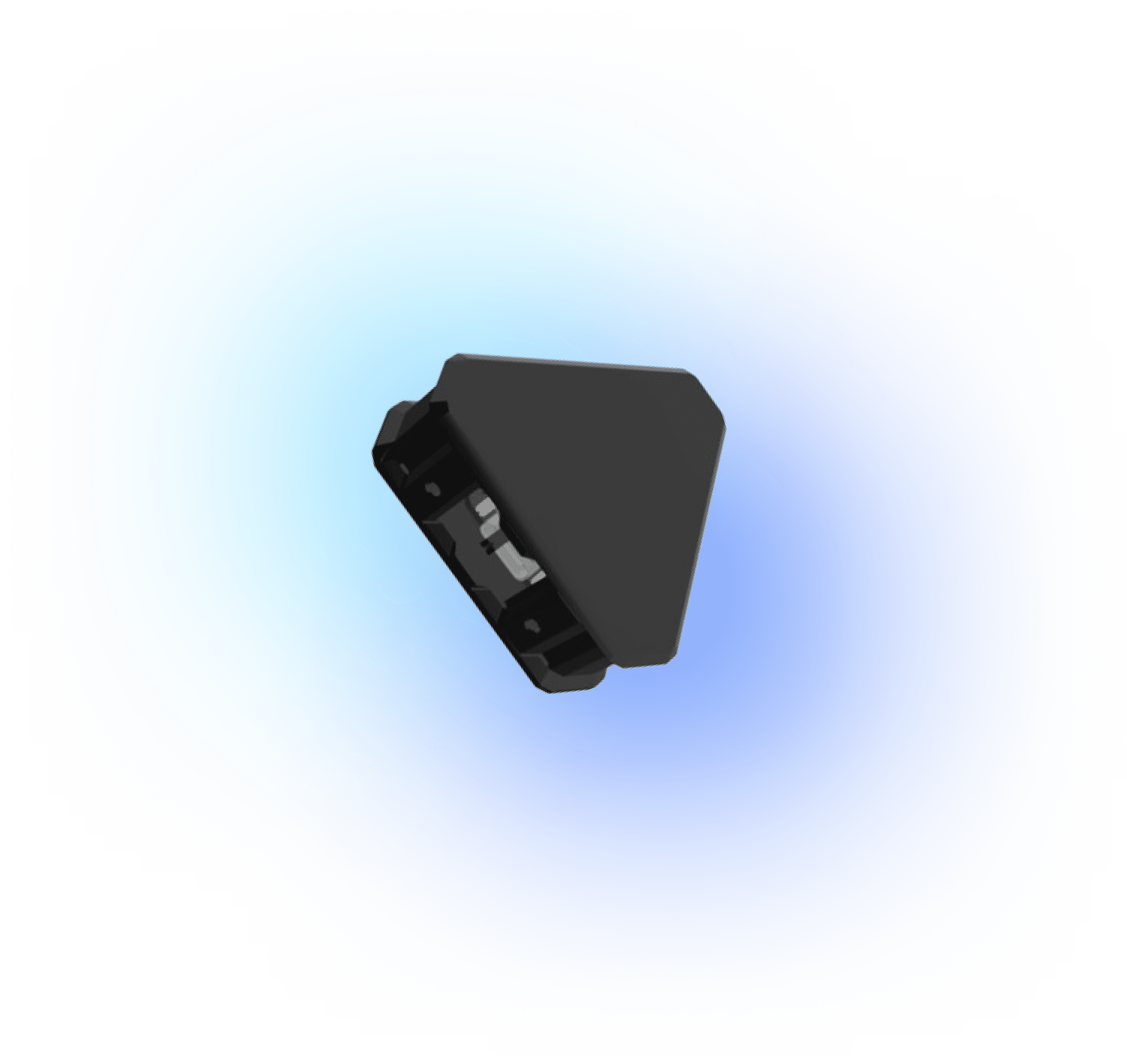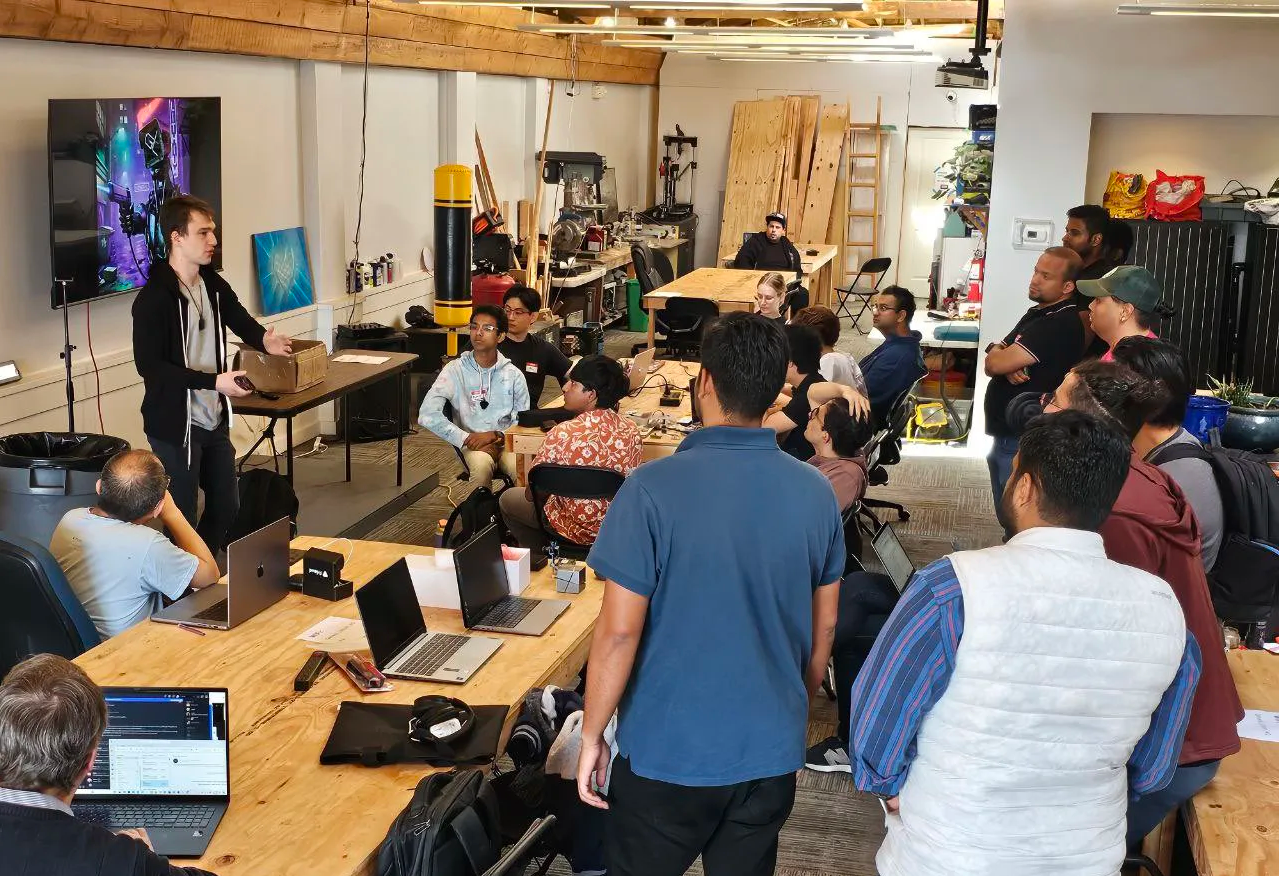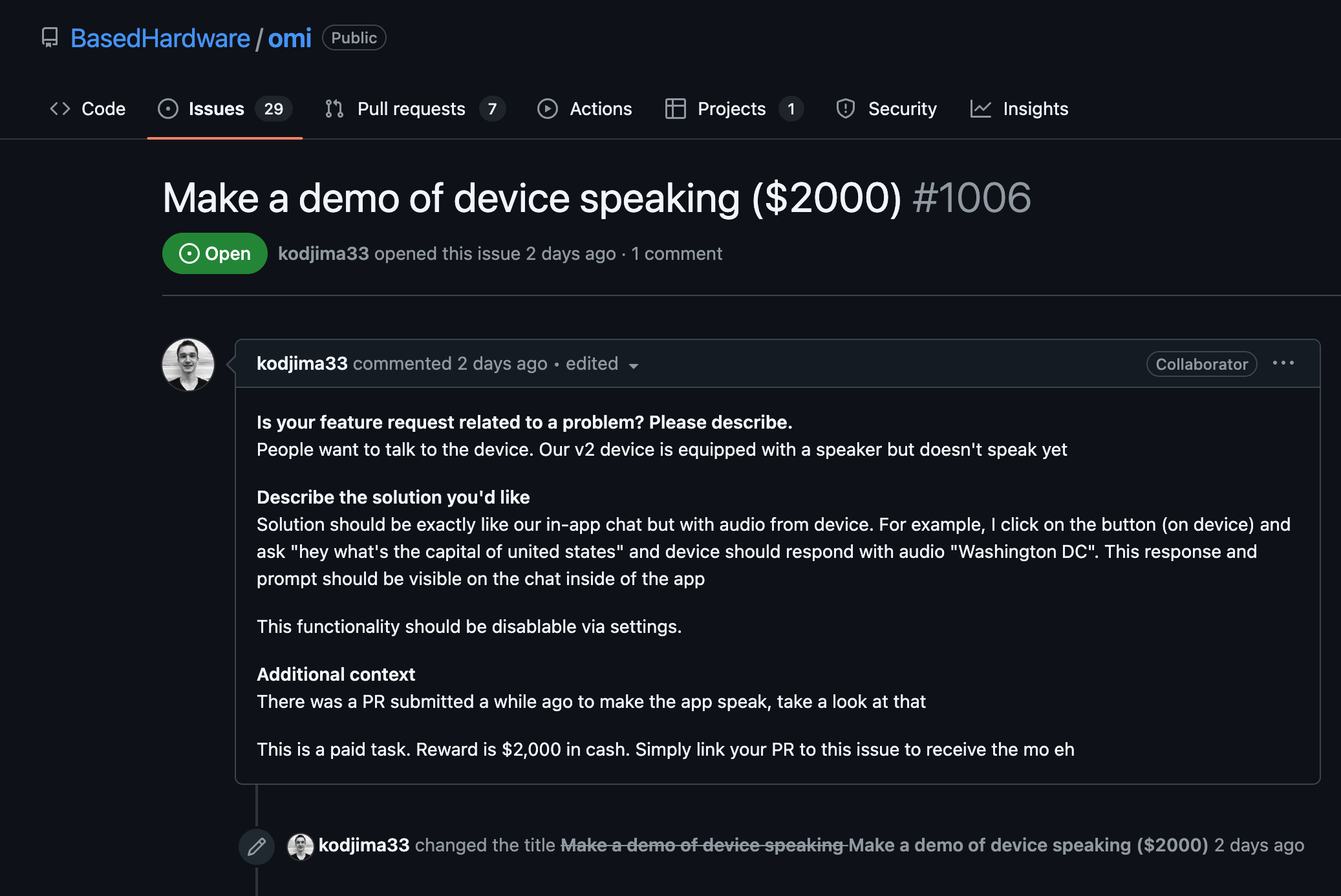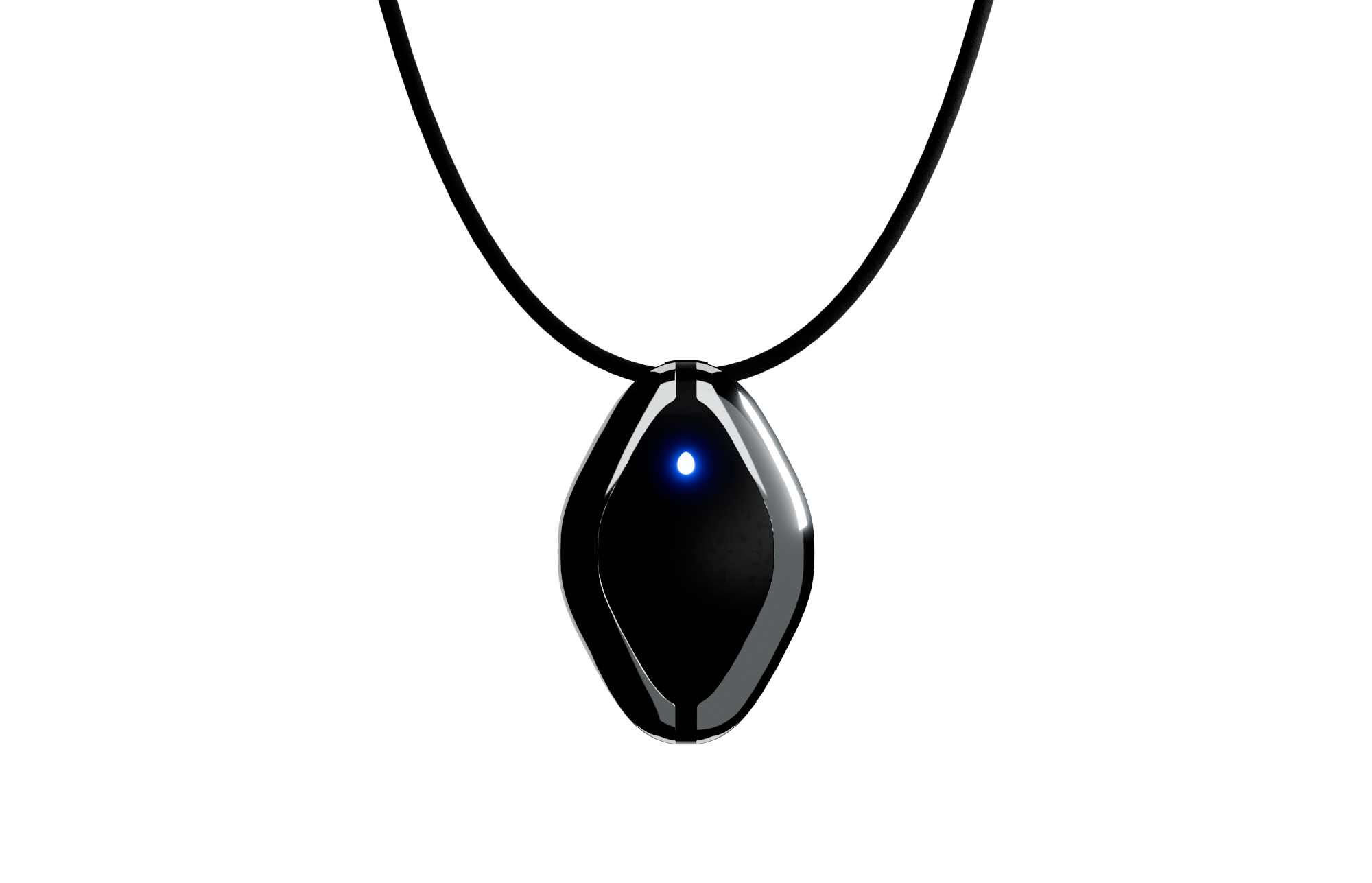Overview of Motor Control (PWM)
Motor control is an essential area of robotics and electronics that involves the regulation and manipulation of electric motors. These motors are fundamental components in various applications, ranging from simple gadgets to complex robotic systems, drones, and home appliances. One widely used method for motor control is Pulse Width Modulation (PWM). PWM is a technique that allows for precise control of the motor's speed and torque by varying the width of the pulses in a pulse train. This technique is achieved by turning the motor on and off at specific intervals, thereby controlling the amount of current flowing to the motor.
Functionality of PWM in Motor Control
- The basic principle of PWM involves generating a square wave signal, where one can adjust the duty cycle or the ratio of the ON duration to the total period of the waveform.
- By varying the duty cycle, PWM effectively adjusts the average voltage and current delivered to the motor, thus controlling its speed.
- In motor control, PWM signals are used to control the H-Bridge, a circuit used to drive the motor in both directions or to change its speed by varying the effective voltage across it.
Benefits of Using PWM for Motor Control
- **Efficiency**: PWM allows for efficient power regulation, reducing energy consumption and heat generation compared to other methods like linear voltage regulation.
- **Precision**: With PWM, designers can achieve high precision in speed and torque control, making it suitable for applications requiring exact motor behavior.
- **Simplicity**: Implementing PWM in motor control often involves straightforward hardware and software configurations within microcontrollers and motor driver ICs.
PWM Signal Characteristics
PWM signals are characterized by two main components:
- **Frequency**: Defines how fast the PWM pulses are being sent. In context of motor control, typical frequencies range from a few hundred hertz to several kilohertz.
- **Duty Cycle**: Represents the percentage of one cycle when the signal is high (ON). A higher duty cycle means the motor receives more power, increasing its speed.
Example of PWM Signal Generation
PWM signals for motor control are often generated using microcontrollers such as Arduino, Raspberry Pi, or dedicated PWM drivers. Here is a simple code example using an Arduino platform to generate PWM at a specified duty cycle:
const int motorPin = 9; // PWM pin connected to the motor driver
void setup() {
pinMode(motorPin, OUTPUT); // Set motor pin as an output
}
void loop() {
analogWrite(motorPin, 128); // Set 50% duty cycle (128 out of 255)
delay(2000); // Run for 2 seconds
analogWrite(motorPin, 255); // Set 100% duty cycle
delay(2000); // Run for 2 seconds
}
PWM in Advanced Motor Control
PWM is not only limited to simple speed control but also finds applications in more sophisticated algorithms for motor control like Field-Oriented Control (FOC) and Space Vector Modulation (SVM) in brushless motors. These advanced techniques enable high-performance motor control in demanding applications such as electric vehicles.
























